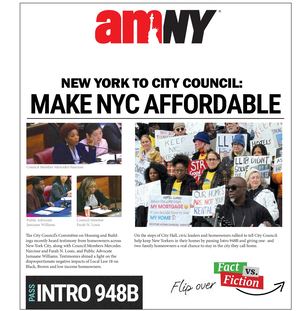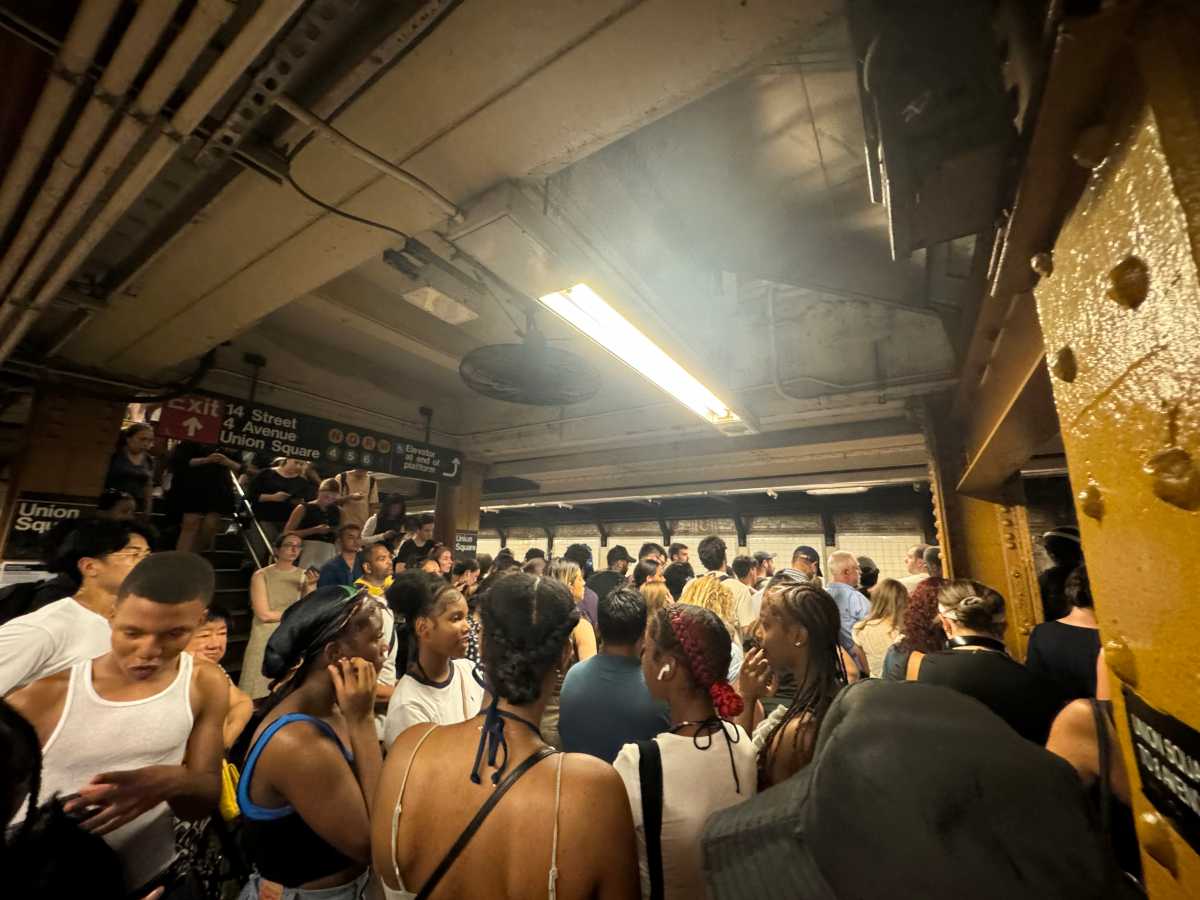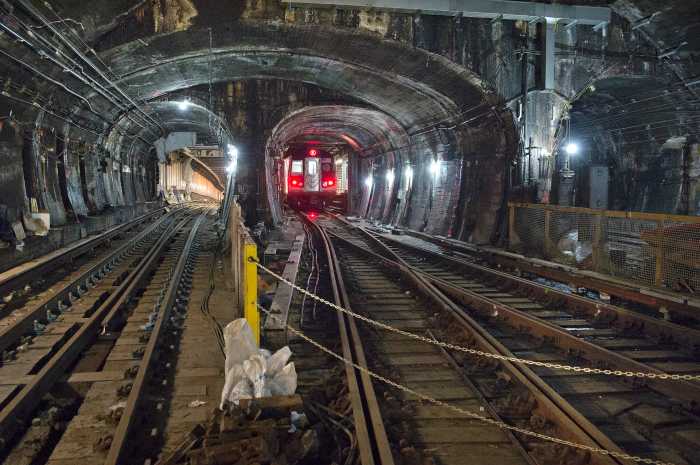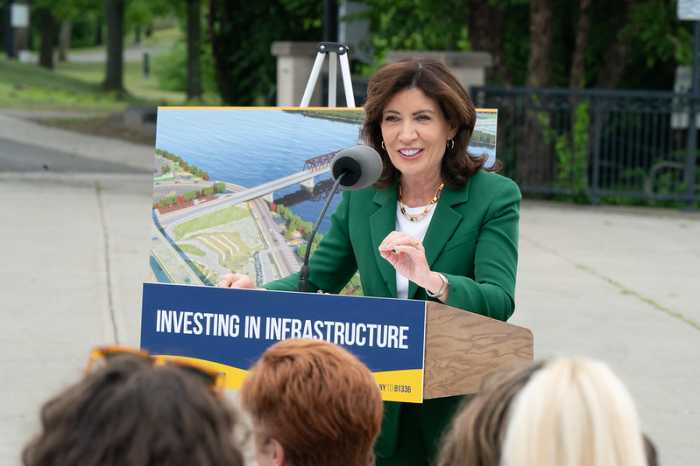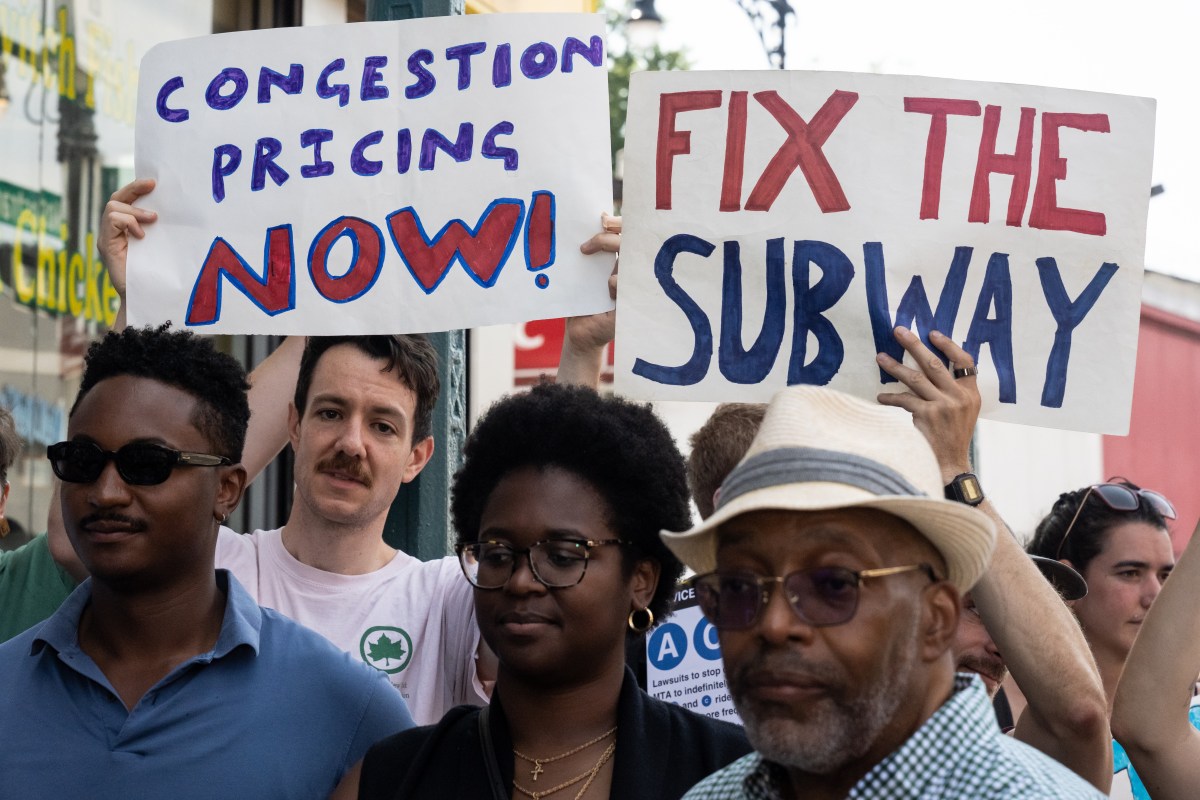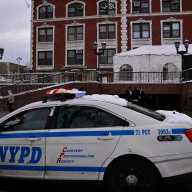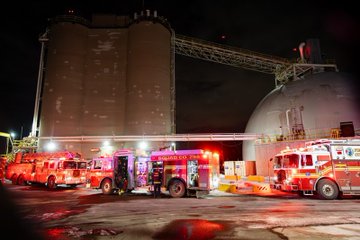Subway riders have faced repeated days of dreadful commuting amidst an oppressive heat wave this week, hearkening back to the infamous 2017 Summer of Hell.
On Tuesday, a switch problem at 135th Street caused major delays to the A, B, C, and D lines, forcing the MTA to suspend service on the B entirely for hours in a bid to clear up congestion on the local line. That evening, J and M train service was halted between Brooklyn and Manhattan after the third rail lost power at Essex Street, and the next day the J and M again saw limited interborough service between Manhattan and Brooklyn owing to a signal issue at Hewes Street.
Then, on Wednesday, L train riders were left to weather severe delays on their commute after a train experienced mechanical issues at Halsey Street, leaving many riders stranded on extremely crowded platforms in Manhattan as they attempted to get home from work.
Some commuters were even treated to a lack of information when digital screens bearing train arrival information were “unavailable” on Tuesday due to technical glitches — meaning they had no idea how delayed their trains were.
The fact that temperatures were approaching 100 degrees for most of the week only exacerbated the sense that things were on a collapsing trajectory in the Big Apple’s subway system.
‘The infrastructure is so damn old’
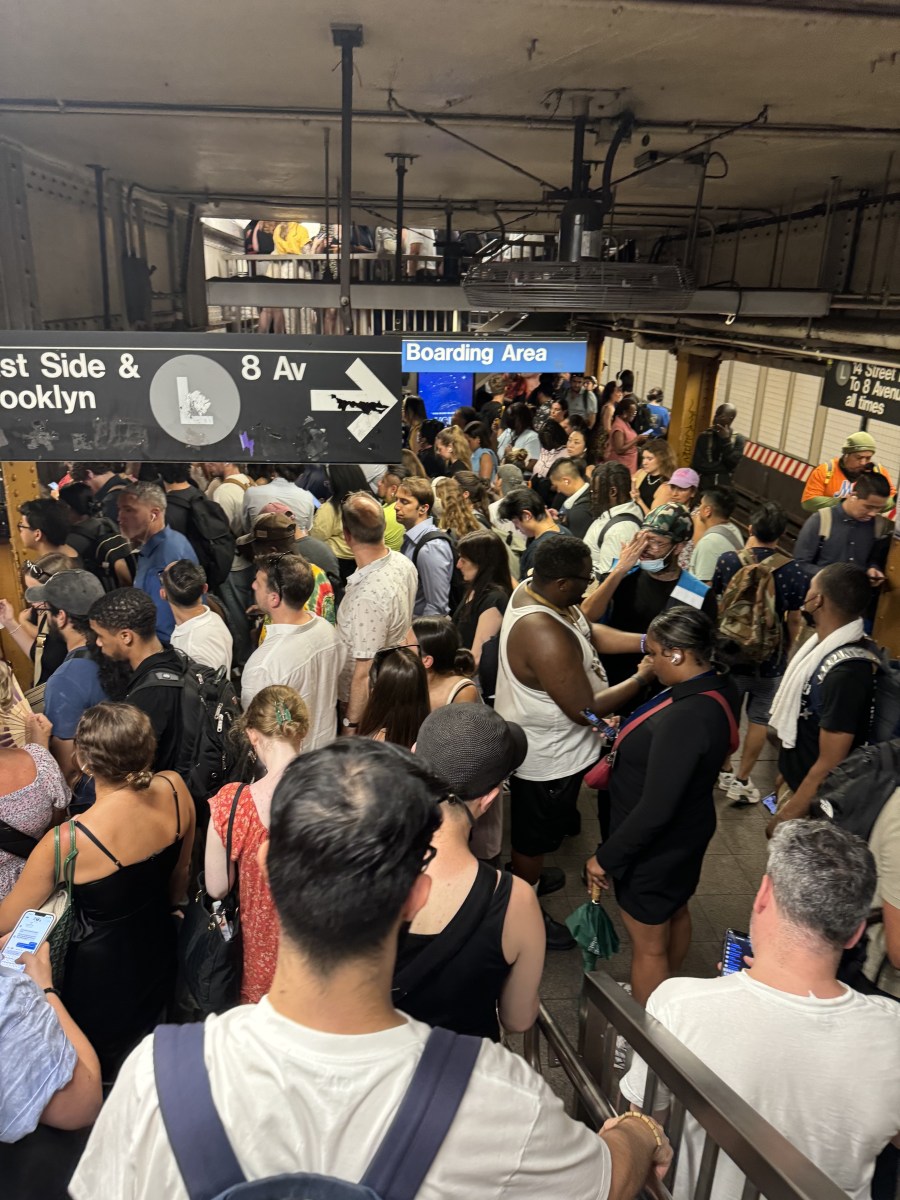
On July 17, MTA Chair and CEO Janno Lieber said the week’s commuting woes had nothing to do with the heat, even as a week prior, expanding steel caused a bridge in the city to become stuck in the open position.
Instead, Lieber said, the subway’s issues stem from its ancient infrastructure. At Essex Street, for instance, the third rail issue was caused by a busted transformer that dates back to the 1960s.
“This is not heat-related. This is because the infrastructure is so damn old,” said Lieber. “A 60-year-old transformer failed. That is a major piece of equipment that is 30 years past its useful life, it should have been replaced 30 years ago.”
In fact, 25% of the MTA’s transformers are in “poor or marginal condition,” Lieber said.
“That means it’s at the tipping point, we have to replace this stuff,” said Lieber. “This is a system that ought to have been replaced 25 years ago, that is operating with the proverbial chewing gum and rubber bands and now needs to be made modern.”

The MTA was set to fund billions of dollars in modernization work using revenue from its congestion pricing program, which would have charged motorists to drive into Lower Manhattan.
But that was all put on ice when Gov. Kathy Hochul announced she would pause its implementation last month, ultimately forcing the MTA to suspend $16.5 billion worth of investments, including $3 billion of “state of good repair” projects like routine maintenance and replacement of aged transformers and third rail.
Instead, the MTA is now focusing its capital work on patchwork repairs that will cause the system to “fall apart” if not immediately rectified, rather than long-term maintenance needs.
Still another $3 billion was to fund a modern computer-based signal system on several subway lines, to replace analog signals that date to the 1930s. Signal breakdowns are one of the primary drivers of subway delays, and indeed one of the main causes of the 2017 “Summer of Hell” when long-term capital disinvestment exploded in weeks of chaotic and highly unreliable service on the subway.
New York elected officials, in fact, ultimately adopted congestion pricing specifically in response to the Summer of Hell, passing the plan in 2019 to help provide stable funding to the MTA to both routinely maintain the system and invest in modernizing it.
Read More: https://www.amny.com/nyc-transit/
